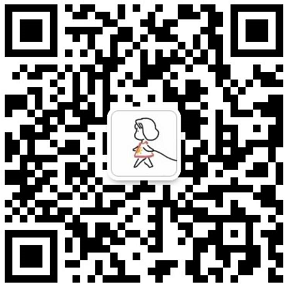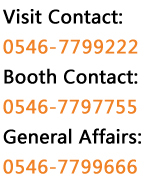Tire pressure is one of the standards of car tire health. If it is zero tire pressure, can you go forward happily? New technology says yes!
According to statistics, 70% of traffic accidents on domestic expressways are caused by punctures, and the death rate of punctures at speeds above 160 kilometers per hour is close to 100%. However, this configuration can continue driving when the tire is flat or the tire pressure is too low.
What is zero tire pressure to continue driving?
The China Tire Trade Show believes that continued driving at zero tire pressure is not a car configuration, but a function or manifestation of the configuration.
It is also called run-flat tires, and the scientific name of run-flat tires is "run-flat tire", the English abbreviation RSC.
Where does RSC come from?
The real "explosion-proof tires" are military off-road armored vehicles with 6×6 and 8×6 tires. Special metal strips are designed in their tires, which can keep the tires from deforming even when they are broken by shrapnel from gunfire.
Although ordinary civilian "run-flat tires" cannot do the same as military ones, the principle is basically the same.
The role of RSC
When the tire is flat or the tire pressure is too low, it can still ensure that the vehicle speed is lower than 80km/h, and it can travel a distance of 80km "smoothly", allowing you to find the nearest repair station for inspection.
Misunderstanding
Run-flat tires will not burst?
The scientific name of run-flat tires is "run-flat", "run-flat" or "run-flat" tires. Run-flat tires do not mean "no punctures."
When the car is running at high speed, if it is scratched by a sharp hard object, the tire will blow out. Explosion-proof tires can guarantee maximum anti-wear function, but can not completely avoid tire puncture.
It is called a "run-flat tire" because there are many hard plies in the sidewall, and the thickness and hardness are "stronger" than ordinary tires. Therefore, it can still drive a certain distance normally when the tire is inflated and the tire pressure is zero.
What are the types of RSC?
China International Auto Parts Expo believes that: run-flat tires are divided into three types: self-supporting, auxiliary support system and self-sealing.
1. Self-supporting
This kind of tire has a particularly hard internal structure, which can temporarily support the weight of the entire car after the tire runs out.
It can ensure that the car travels at least 80 kilometers at a speed of 88 kilometers per hour, and the mileage at lower speeds can reach more than 200 kilometers. The safety tires currently used in cars are self-supporting.
Two, auxiliary support system type
This type of tire is composed of unique rims and tires. It is no longer a "tire" in the conventional sense, but a system. Because it cannot be applied to the existing standard rims, only a few models use it.
Three, self-sealing type
This type of tire adds a special lining layer to the structure of an ordinary standard tire, and the lining layer is coated with a special sealant. When the tire is punctured, these sealants are distributed around the perforation, and the sealant has already filled the perforation when the target moves. At present, there are relatively few self-sealing tires in practical use.
Cons: RSC is not everything
1. High fuel consumption and "noisy"
In the process of losing air, the quality of tires will change significantly. If you encounter a congested road, the difference in fuel consumption after frequent starts and stops will be obvious, which will increase fuel consumption, and the noise from run-flat tires is also loud.
2. Power loss
Experimental investigations show that run-flat tires are 0.41 seconds slower than ordinary tires. If the car is equipped with run-flat tires, power will be lost.




 Visit Contact
Visit Contact WeChat
WeChat

